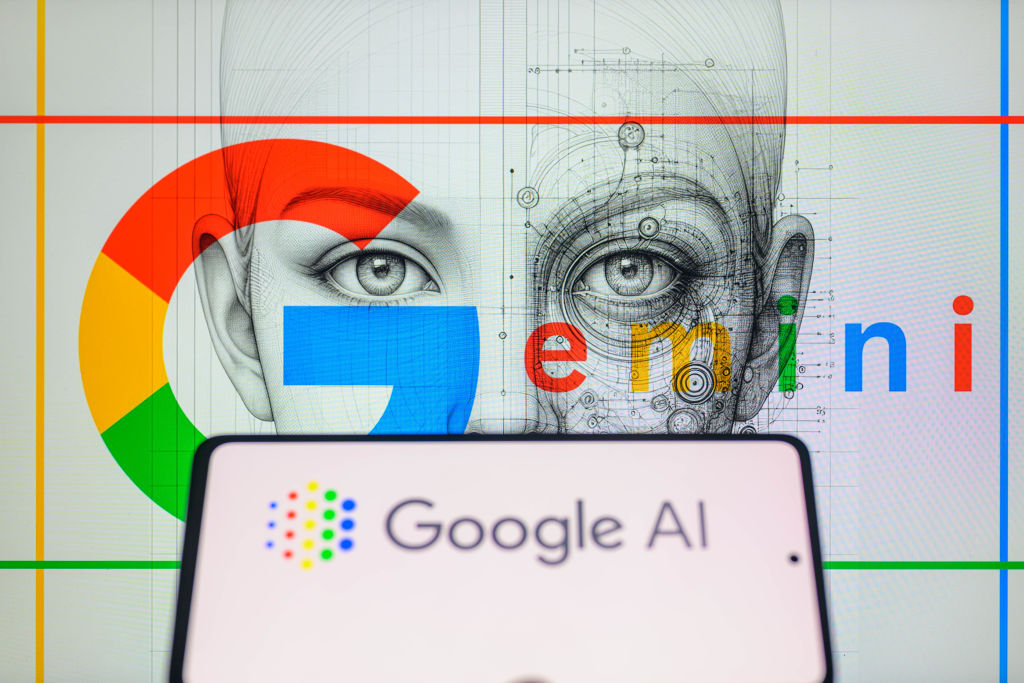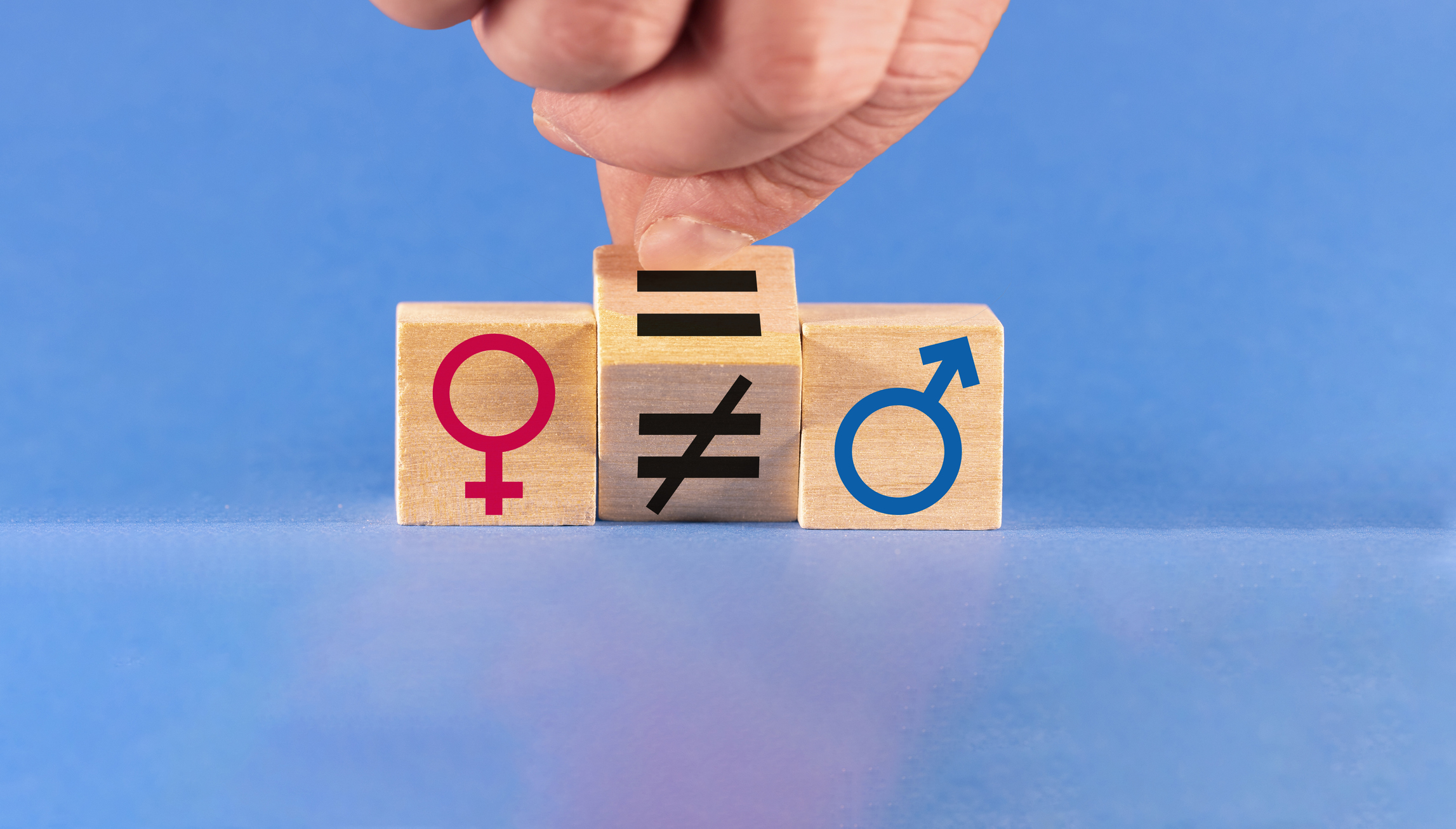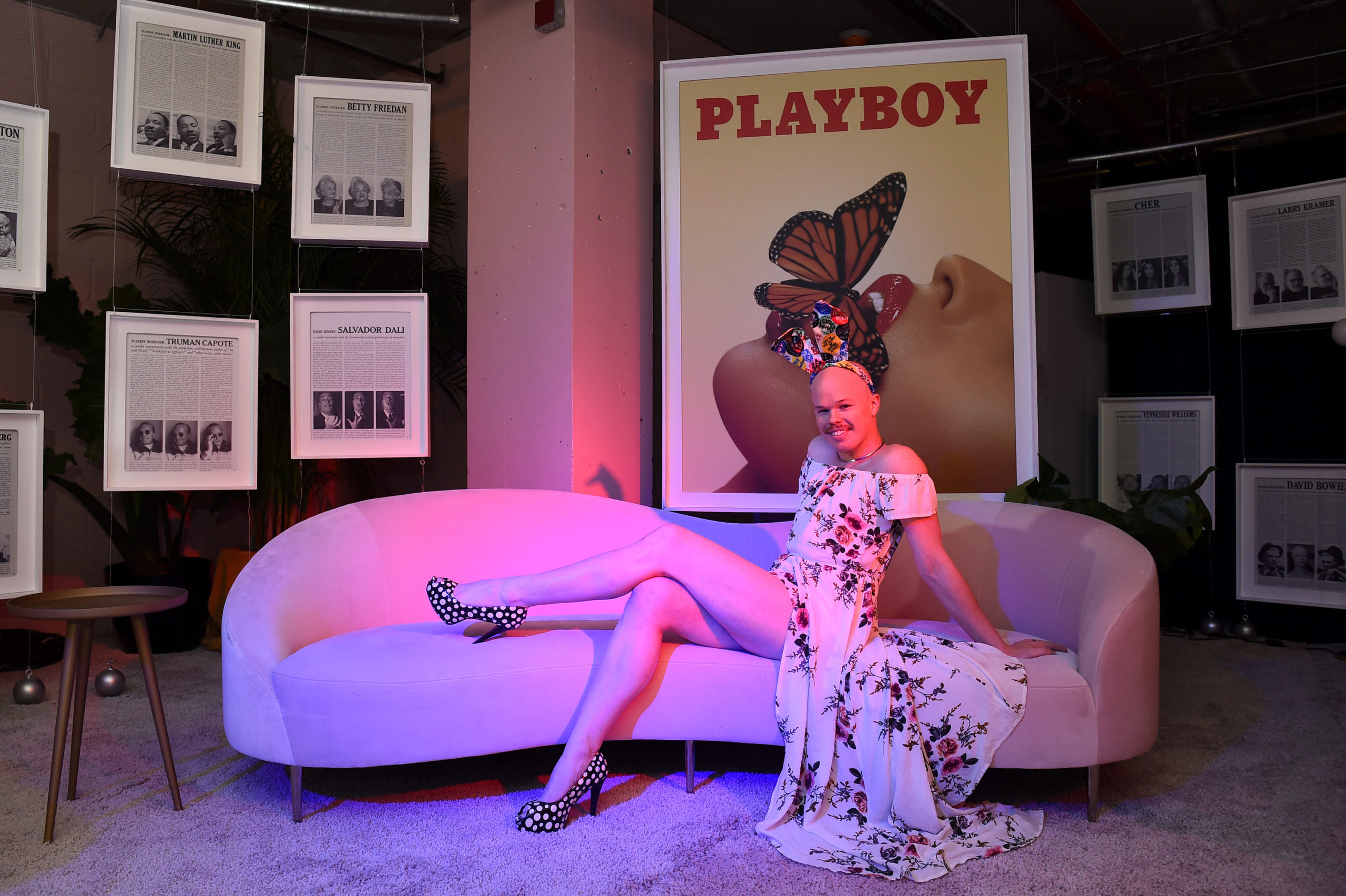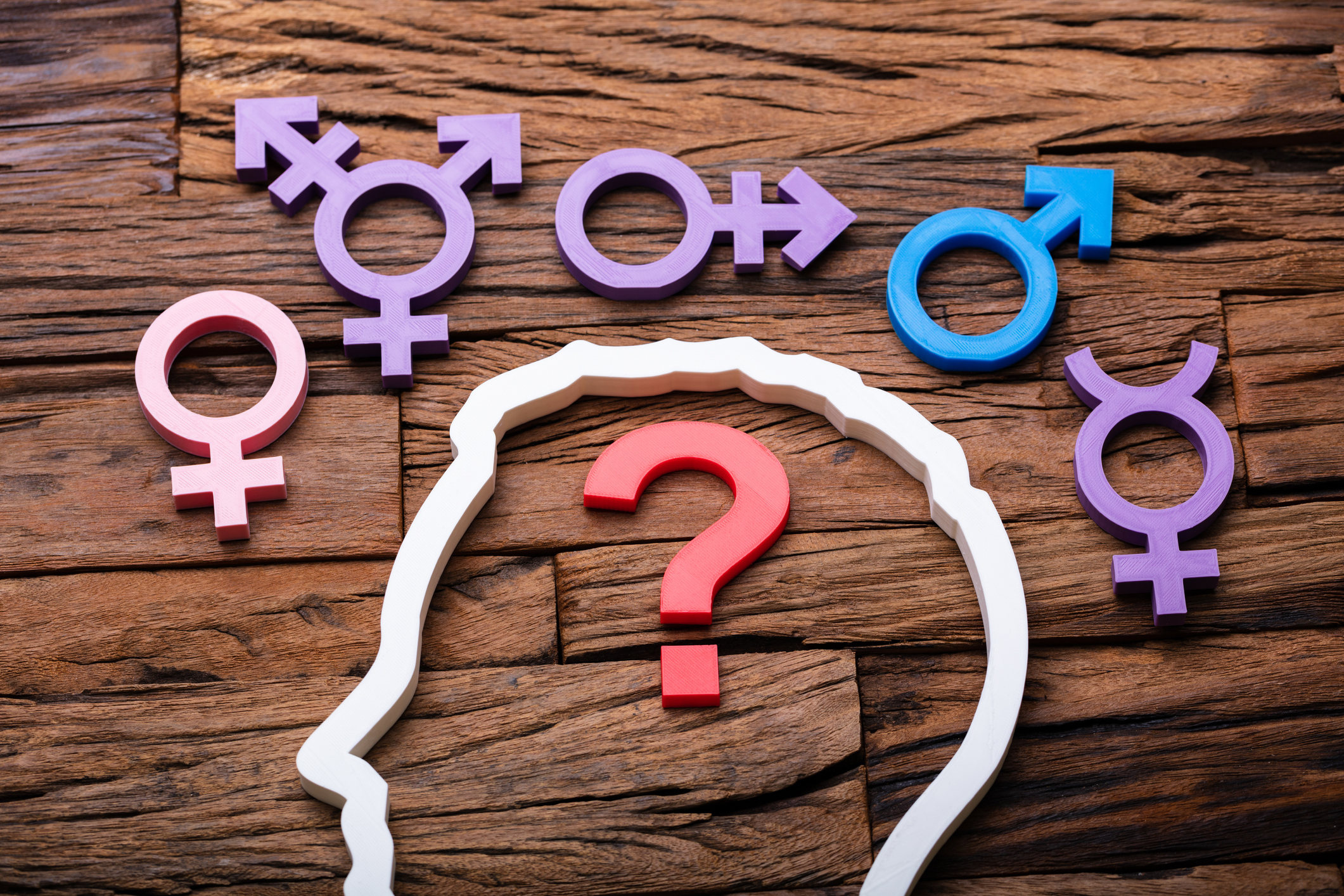The new U.S. military seems designed to lose wars and destroy morale.
Safe Breast Binding, According to Google

Lies my Gemini chatbot tells me.
It’s a dystopian fact that advice for young girls on how to bind their breasts (safely!) is available everywhere online, from medical sites to social media. Now Gemini, Google’s AI, acts as a kind of one-stop shop where you can find the most common tips digested into one easy list.
The recent brouhaha over Gemini’s racially over-sensitive image generator function got some people wondering how it might answer the binding safety question. Since it draws from a dataset that includes books, articles, and other text types, perhaps you might expect that Gemini would be comprehensive—scraping up not just positive takes on binding but more cautious approaches as well.
Ah, you sweet summer child. When Twitter user “Town Moron” asked Gemini about binding, he reported: “it will tell me that it can’t give specific instructions because of the potential for harm, but essentially do it anyway.” So hardly even-handed. Unfortunately, this one-sided approach actually does seem to reflect the gist of most online binding guides.
Part of the trouble for Gemini is that specific recommendations tend not to be based in research so much as garnered from online communities’ shared anecdotal experience and arbitrary limits. Health sites do draw to an extent on research from social epidemiologist Sarah Peitzmeier, whose “community-engaged research” is likely skewed by her conviction that binding is “literally lifesaving.” Yet even Peitzmeier will admit that the Binding Health Project lists no fewer than 28 different kinds of injuries that binding can cause, based on survey responses from 1,800 people.
Those who rush to bind will respond to these claims through sheer force of cognitive dissonance and the now-familiar threat of suicide. “The psychological relief provided by binding—as well as the increased ability to pass in public as one’s correct gender—often overweighs any potential downside,” Vice reported. “We are well aware of the risks,” said 17-year-old Raphael Sanche to the New York Times, “but for many trans masculine people, it’s binding or suicide.”
Meanwhile, the medical establishment acts as clean-up crew. Willful neglect characterizes “best practice” when it comes to breast binding. Thus far, binders have typically only been available online, no doubt because normal moms would revolt at seeing binders sold proximate to sports bras. Predictably, the “community” is working 24/7 to get binders into the hands of kids everywhere. Binders for Confident Kids (b4ck) Founder Elizabeth Haley confides that binders are sent out most times without parental notice.
En Route to Mastectomy
To be clear, breast binders are serious medical devices. As such, they require professional safeguarding. For healthy breasts, they should be used not carefully, or in moderation, but not at all. Ultimately Gemini and the Internet generally would benefit from honestly alerting girls that a binder is a medical device. They are serious interventions that should require a script. Yet more often than not, kids become convinced online rather than in a doctor’s office that binders are “life saving.” Unlike compression socks or other over-the-counter health aids, a binder is worn as a sort of psychological carapace against emotional self-annihilation.
In the context of online programming to view breast-pinching binders as suicide prevention, the Gemini chatbot’s reminder to seek medical attention should you experience any pain or discomfort is—to say the least—weak tea. These are girls who have dedicated their every waking moment to finding ways to rid themselves, visually at least, of breasts. They are unlikely to seek a physician’s care or take time off from binding.
Reminders to limit binding or to discuss binding with your doctor, such as Google’s chatbot provides, are thus insufficient: girls have been convinced binding is life saving. A more accurate binder warning would resemble that found on a website dedicated to selling medical devices: “Binding that is not prescribed is unsafe and may lead to permanent breast deformity, scarring, and constriction of lungs. Long-term binding may also lead to a possible future mastectomy.” Disconnected from their bodies and at war with their breasts, these girls likely regard even the threat of future mastectomy with indifference or even eagerness. But the sources of these desires, and their durability, are “complex and multifaceted,” as Gemini might say. This is a superhighway to crippling regret.
Bad medical advice stems from the proposition that there is such a thing as binding safely, and that binding has mental health benefits. Contrary to the Gemini chatbot and nothing-to-see-here diversions from the press, the Binding Project research actually found there is no such thing as a safe binder or safe brand. Gemini emphasizes finding a binder with “safe and effective compression.” Yet it is not compression, really. Rather, the compressive materials in commercially manufactured breast binders shift breast tissue, redistributing it across the chest wall to flatten the breasts unnaturally and produce the illusion of a male chest. This is why girls wearing binders eventually experience numbness from nerve damage or swelling of lymph nodes. Blood vessels can also be affected, resulting in blood clots and even cardiac issues. Since the most catastrophic consequences are delayed or second-order effects, they often get overlooked in standard breast binding guidelines.
Gemini ignores all this, even listing “Recommended Brands of Safe Chest Binders” while offering no listing of non-binding alternatives, psychological services, or website resources. Gemini’s unadorned Q&A platform gives the appearance of neutrality. As for recommending particular brands, however, it is telling to note that Gemini and binding researchers reference one binder in particular. Thus, researchers who have investigated the health effects of breast binding reported no conflicts of interest while also indicating in their financial disclosure that they received funding from the same brand that gets top billing on Gemini’s recommended best binder list. Since Gemini’s chatbot is retrieving information in response to online queries in a format without ads, it looks like a neutral or unbiased interface. Like a binder itself, however, looks deceive.
“Listen to Your Body”
Binding tips typically recommend limiting the duration of binding. The Gemini chat is unusual in not specifying the standard 8-10 hour binding rule, and instead advising: “listen to your body,” and remove immediately if you experience any “discomfort, pain or difficulty breathing.” While that is the kind of warning one would expect from a source actually concerned for the wearer’s welfare, girls adhering to it would reject binding altogether. Actual binding practice is well known to go beyond normal time and pain thresholds. Girls who bind are unlikely to listen and connect to their own bodies.
Gemini ends with the recommendation to consult a medical provider or gender specialist about binding. But this is exactly the problem: Gemini’s cavalier attitude reflects not the considered opinions of all health professionals but the drumbeat of pro-binding propaganda that is already emerging from exactly such specialists. It’s a bitter feedback loop: Sarah Pilcher, a pediatric nurse at Boston Children’s Hospital, included time-limited binding as a tip in a video once posted on the hospital’s website.
This looks like an example of iatrogenic harm. And Boston is not a maverick. Doernbecher Children’s Hospital in Portland warns of “the potential health complications,” noting that improper binding “can keep you from breathing normally, make fluid build up in your lungs and even cause serious injuries, such as broken ribs.” Yet they simultaneously direct girls to local sex shops to buy binders. Respected institutions such as hospitals are offering kids the idea that binding, if done properly or “safely,” is medically sanctioned and even necessary.
When it comes to breast binding, medical authorities just have to step back and let the “engaged community” adjudicate what constitutes a necessary health intervention. Sarah Peitzmeier observes: “Even medical professionals who know about binding aren’t really sure how to assess it clinically, what the potential health impact of binding could be, and what safer binding practices they should recommend to patients.” This is the point at which websites—and now Google’s Gemini—step in to insinuate or outright insist that binding, if done properly, is safe.
Lola Returns
Even if they endure the health risks, girls who bind often discover that their discomfort hasn’t gone away as promised. After initially being stunned by the remarkable visual illusion of gaining a male chest, Ben of GNC on Youtube describes her dissociation when binding, because it made her obsess over her breasts. She felt increasingly “disconnected from her body and not at home in it.” In some cases, it looks like binding does not fully resolve dysphoria: it may actually draw more focused attention to the unwanted breasts.
Flagging elation over a masculinized appearance reveals that the binder itself can become a source of dysphoria. TikTok features countless videos showcasing what it means to feel dysphoric. For instance, British influencer Tate Dalton portrays dysphoria first lapsing then reappearing in a pinned video on her account. Cycling between distress and returning dysphoria while binding is depicted as the return of Lola, a rejected lover. The words “dysphoria’s gone” appear as Dalton marvels over her binder’s ability to flatten her female form while a voice over says: “And just like that, Lola’s gone.” The camera shifts to an open door at which Dalton reappears, now with a more guttural mocking voice over announcing: “Wrong, Lola’s right here.”
In adolescents, breast dysphoria is correlated with anxiety and depression, no matter the stage of social transition. The apparent link between breast binding (a part of social transitioning) and dysphoria suggests binders are the reddest of flags. Since healthcare now focuses on management of binding injuries rather than alerts or the kind of warnings that would lead to prohibiting binders at schools, it’s up to parents to be alert and in a defensive posture toward the prospect of binding.
Unlike the “Everything You Need to Know About Binding Sites” online, what follows is a tentative proposal for thinking about the real issues and thus guidance needed to girls seeking advice on binding:
1. Although binding can be compared to other coping mechanisms in temporarily relieving distress, it is ultimately dysfunctional. Dysphoria will return as self-inflicted binder pain forces the sufferer to ruminate on her breasts. Binders cannot resolve gender dysphoria. The best they can do is provide temporary relief, leaving the user dependent on it as a coping mechanism.
2.DO NOT wear commercial binders. Though they will be termed “professional” or “polished,” manufactured binders are correlated with 20 of 28 binding injuries. Though commercial binders are the most frequently recommended, they are the least safe.
3. Harm management is unwise. Realize medical professionals take a hands-off attitude toward your binder. Do not be fooled by claims that time-limiting makes binding safe. There is no study backing up this unsupported claim. Any pain at all is a sign of concern, since pain is nature’s way of alerting you to danger. Minor pain can signal a serious health matter, such as nerve deterioration.
4. Even if you are considering binding not so much as a stopgap but a way to avoid surgery, realize the damage binding causes will likely lead you to mastectomy. It is not a standalone intervention as you were led to think. Binders are medical devices and should require a prescription.
5. Don’t take medical advice from a chatbot. Though they give the appearance of neutrality, AI programs are actually dramatically less reliable than search tools, because they offer only one answer to every question—which may come out garbled, biased, or outright wrong. The perils of replacing real research with artificial intelligence go beyond radically inaccurate depictions of history. Gemini acts as a funnel for the harmful lies that already have far too many official imprimaturs or tacit endorsements. We need far more skepticism of that dishonest establishment, not less.
The American Mind presents a range of perspectives. Views are writers’ own and do not necessarily represent those of The Claremont Institute.
The American Mind is a publication of the Claremont Institute, a non-profit 501(c)(3) organization, dedicated to restoring the principles of the American Founding to their rightful, preeminent authority in our national life. Interested in supporting our work? Gifts to the Claremont Institute are tax-deductible.
The trans religion demands that we all accept the reality of gender identity as the true faith.
The trans lobby lies about the harmful effects of steroids on human development.
Children should be reading age-appropriate material at school.
The case of Sam Brinton demonstrates why standards aren’t always a bad thing.
Understanding the “trans” phenomenon means recognizing it’s about more than gender.






